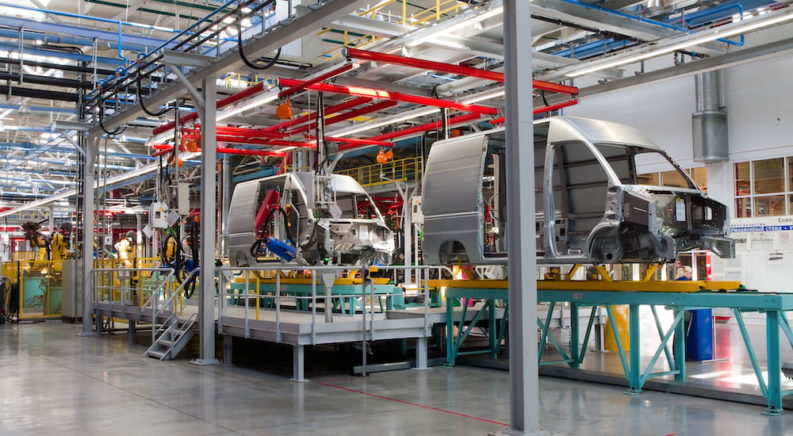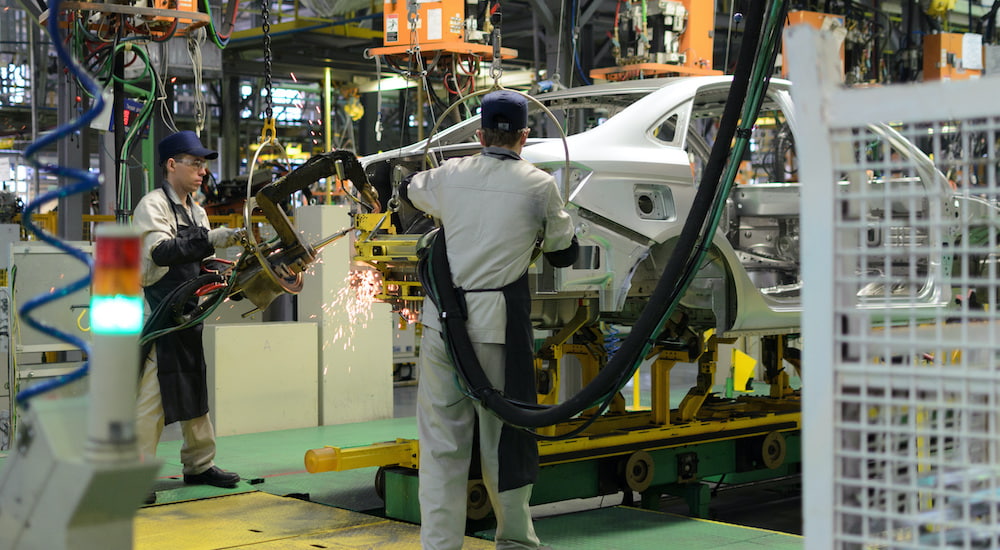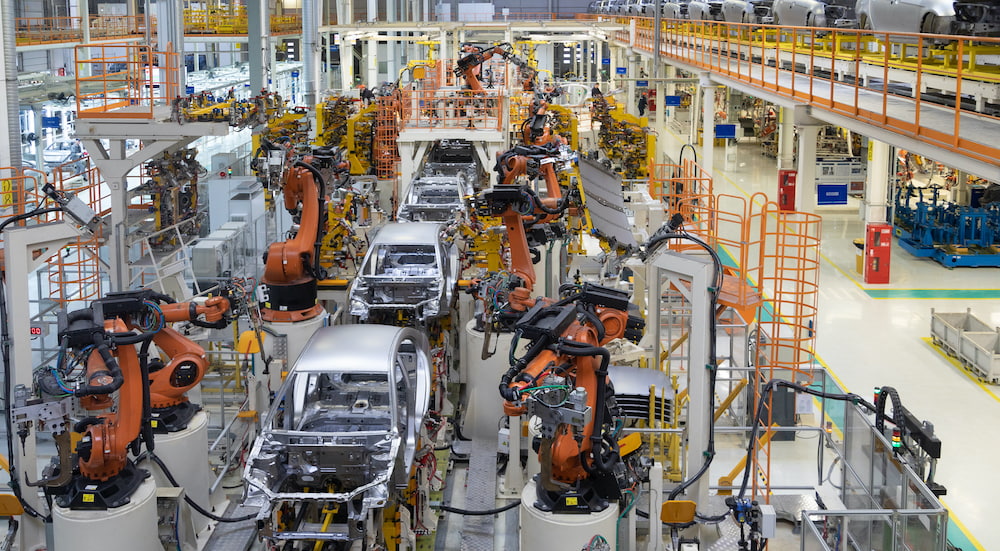As you might already be aware, there’s a semiconductor microchip shortage (often simply called the “chip shortage”) going on right now. So far, this has had a pretty significant impact on the auto industry – and every other industry that manufacturers computerized products. While I’d love to be the bearer of good news, the reality is that this situation doesn’t look like it’s going to get better any time soon. In fact, a lot of experts are predicting that it will only continue to get worse this year as demand keeps growing and the chip manufacturers struggle to catch up.
Since cars, trucks, and SUVs have incorporated more computer systems over the last few decades, the demand for semiconductor chips in the auto industry has grown significantly. Every major auto manufacturer has been hit by this shortage, with GM being among the hardest due to the number of brands it operates. Since GMC, Chevrolet, Buick, and Cadillac are all part of General Motors; there are a lot of manufacturers suffering within a single house. Let’s take a look at what this chip shortage is all about, how GM is handling it, and what the future holds for the auto industry.
Quick Overview of the Chip Shortage
Before I get into how this whole thing has hit GM and what they’re doing in response to it, let’s take a moment to go over what, exactly, is happening with this situation. Without digging too deep into computer science, the basic idea is pretty simple: the cornerstone of essentially all computer design is the use of semiconductor microchips. These are placed on circuit boards, and anything with any kind of computer system uses them.
As you’ve no doubt noticed over the last few decades, seemingly everything that is made anymore uses some kind of computer. It can be something pretty obvious like your phone, tablet, or laptop, or something a bit more unexpected like a computer inside your refrigerator, washing machine, or blender. Since pretty much everything being manufactured utilizes computer systems, these semiconductor chips are in huge demand.
Last year, however, the plants that make these chips closed down – at least temporarily – just like the rest of the world. Those manufacturing plants have reopened, but demand has increased to such a degree that not only are they behind due to closing, but they would be struggling to keep up even if they never closed. So rather than getting caught up, they’re falling further behind, and every tech industry in the world is freaking out about it.
How GM Has Responded
With so much inside vehicles being controlled by or relying on computers, the auto industry has been greatly impacted by this chip shortage. Each manufacturer is trying to figure out how best to deal with it because they’re facing the reality of making cars that mechanically have everything they need to function but lack the computer “brains” to actually let them operate. Some companies are doing their best, making as much of their vehicles as they can and hoping they’ll get chips soon to finish them.
GM has had to make some tough decisions with this situation, and they began by closing down some of their factories. On February 8th, GM shut down production at their Fairfax Assembly plant in Kansas, as well as their CAMI Assembly plant in Ontario. The Fairfax plant manufactures the Cadillac XT4 and the Chevy Malibu, while the CAMI plant makes the Chevy Equinox – though the Equinox is also made at another plant in Mexico. Recently, GM announced that both plants would remain down for several more months: until at least June 28th for the CAMI plant and at least July 5th for the Fairfax plant.
In addition to these closures, GM will have downtime for its Lansing Grand River Assembly plant, which manufactures the Chevy Camaro and Cadillac CT4 and CT5, throughout most of May and June. Furthermore, two plants in Mexico that produce the Chevy Equinox, Chevy Blazer, and GMC Terrain will close for at least two weeks in May. Meanwhile, their Wentzville Assembly plant in Missouri, which manufacturers the Chevy Colorado and GMC Canyon, will remain open, but GM is reducing hours from three production shifts to only two.
When this situation first developed, some people tried to minimize how serious it was going to be and said it would only be a minor hiccup. This paints a very different picture, however, as early closings are being extended throughout much of spring and into the summer. Of course, this is only the current state of affairs, and as we move through May and into June, the dates could be updated again, and the closings could be extended further.
Good News in the Future?
I’d like to be able to tell you that the microchip manufacturers are getting caught up and that this shortage should end in the next few months, but I’m not going to lie to you. Most experts, at this point, are predicting that this shortage is going to continue throughout the rest of this year and likely into early next year. There’s no easy fix where the manufacturers can snap their fingers and make more chips appear – and the release of new cars, new phones, new video game systems, and other devices has created a demand that simply cannot be met.
Doom and gloom aside, however, this isn’t the end of the world, and it’s likely to be a temporary shortage. Companies like Apple, GM, and Sony will have to ride out this situation, and they’ll take hits to their profits since they can’t keep up with the demand for their own products. But, eventually, things will even out and the shortage will end, with enough microchips for all of the computer systems and technology we love to be made and sold to the public.
Of course, the question then arises: what if this happens again? While 2020 may have had some unique elements that contributed to this shortage, it mostly pointed out flaws and issues with microchip supply that were simply waiting to blow up. So a better, long-term solution is needed.
Efforts to Avoid this Going Forward
The solution to avoiding this type of tech crisis in the future is likely to come in the form of semiconductor chip production here in the US. It’s no secret that manufacturing for this type of product happens almost entirely overseas, much of it in China and the surrounding area. In order to avoid having to deal with this problem again in the future, numerous companies are looking to begin production and manufacturing of these chips here in America – as well as in other countries throughout the world.
Unfortunately, this type of manufacturing is not something you can simply set up in a few months and start churning out chips. It will take several years for raw materials, manufacturing plants, and other things to all come together and create an American microchip industry. But, this shortage has clearly pointed out problems with the way things were done, and the solution could certainly be a positive move for a lot of people. That is, of course, if microchip manufacturing really does become an industry outside of China and similar places. But there’s never been a better time for this type of innovation and industry boom here in the US to take place.






